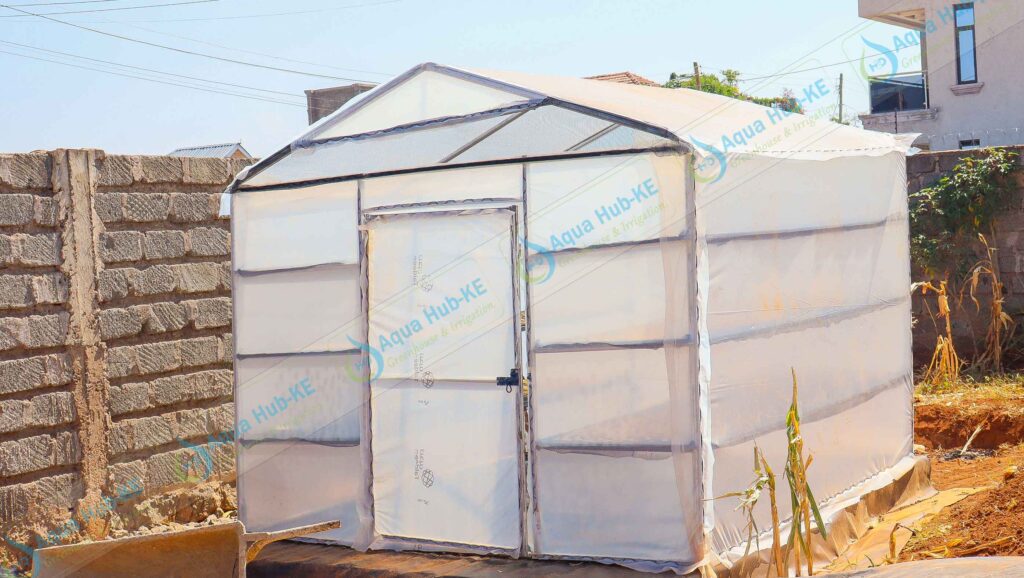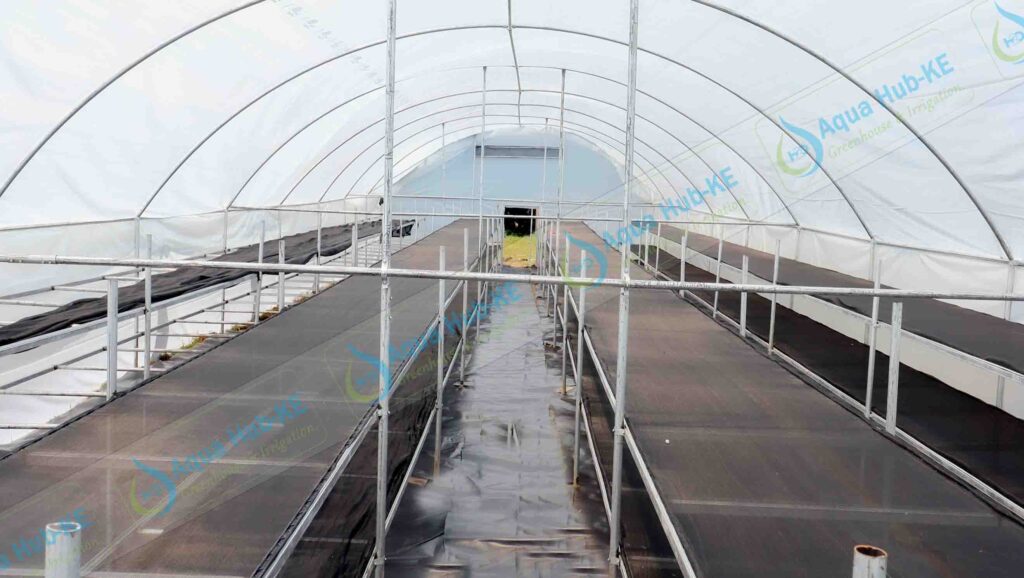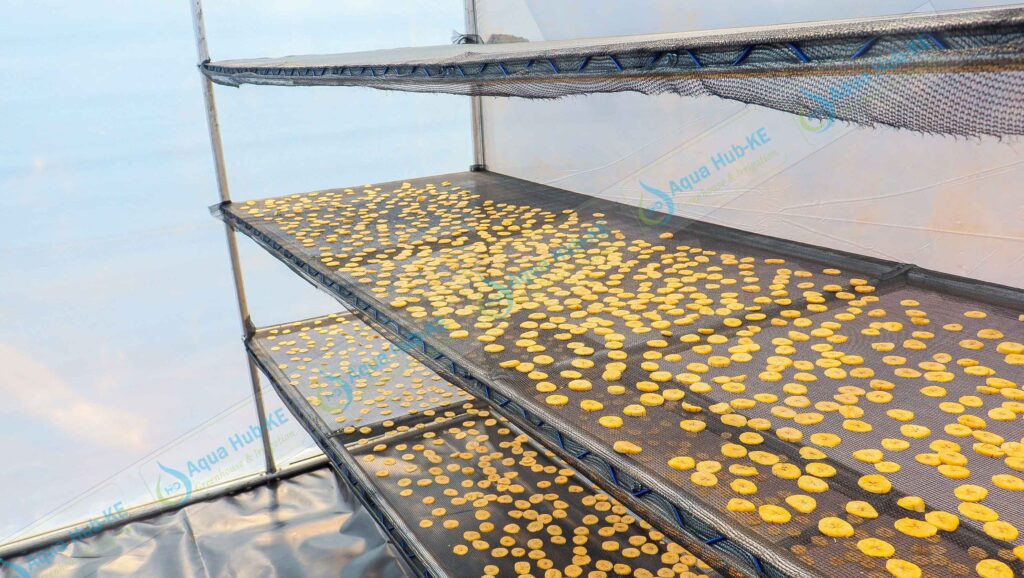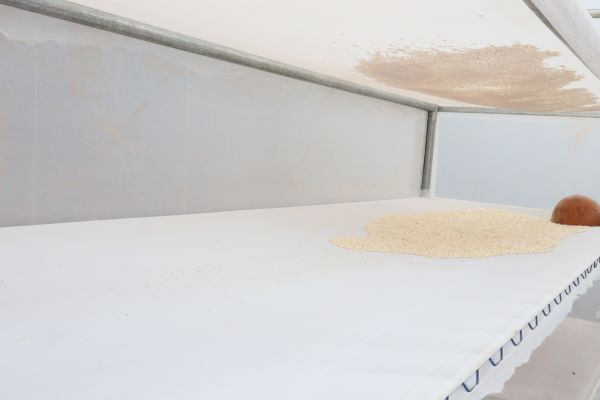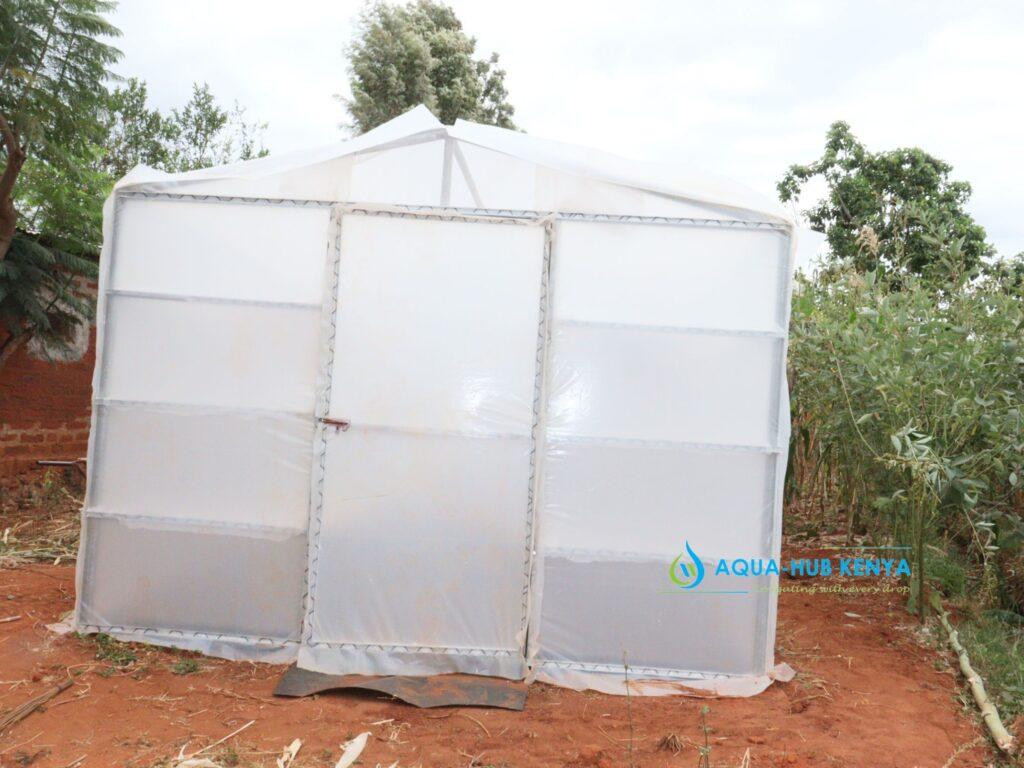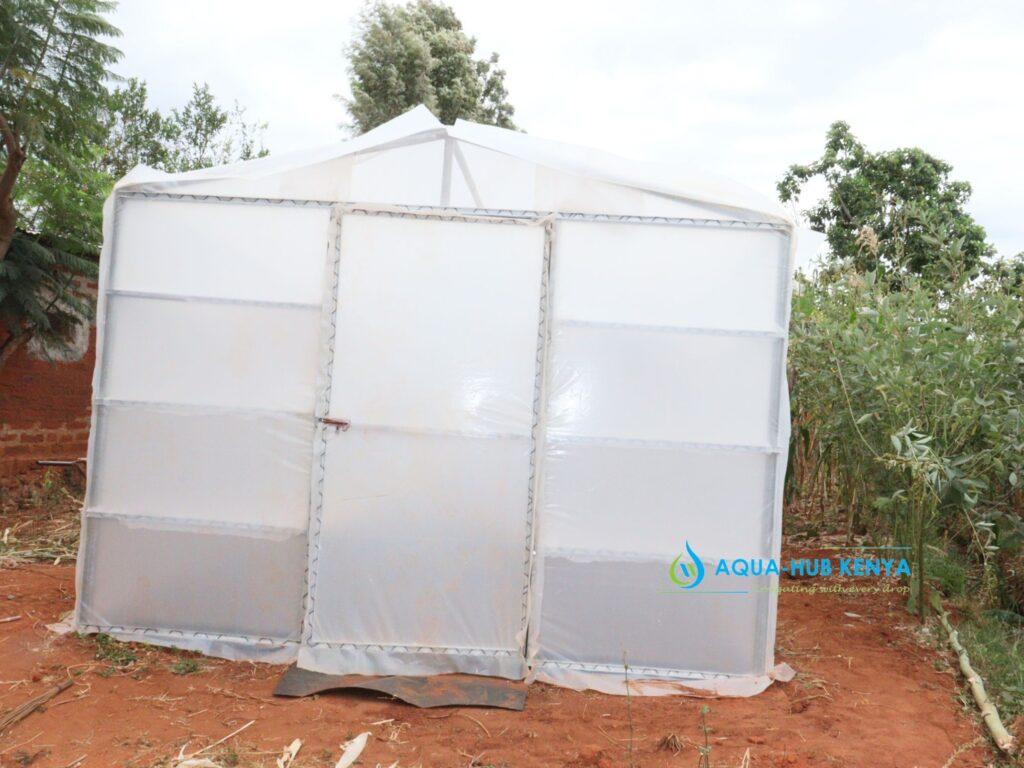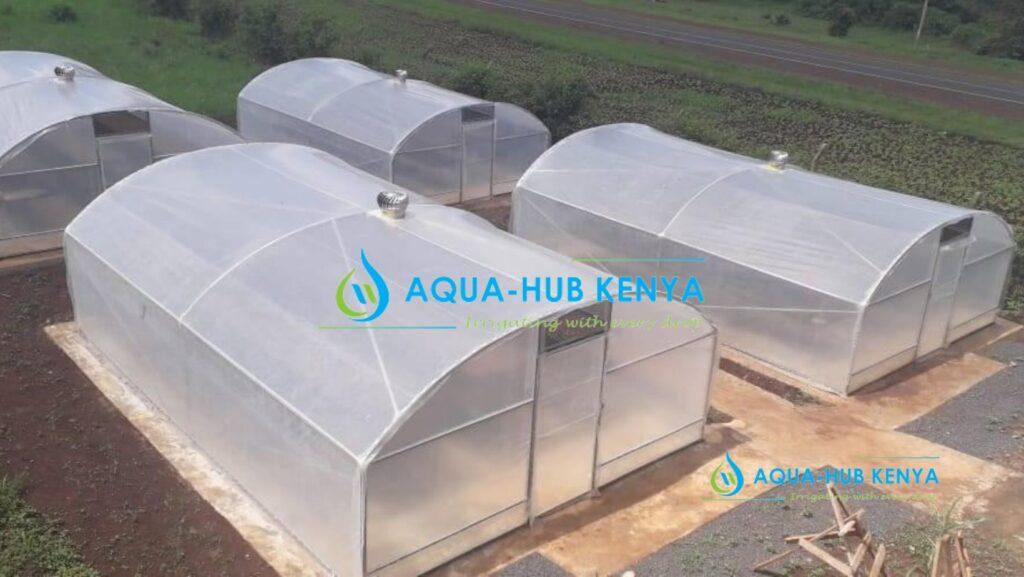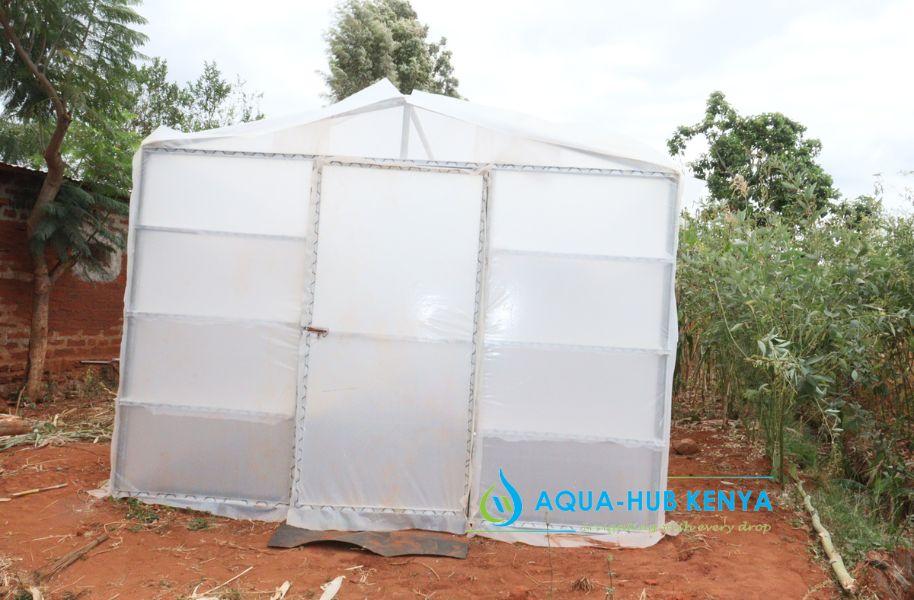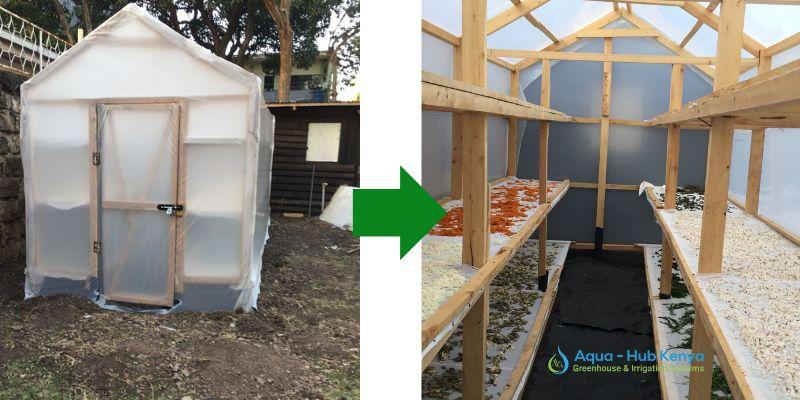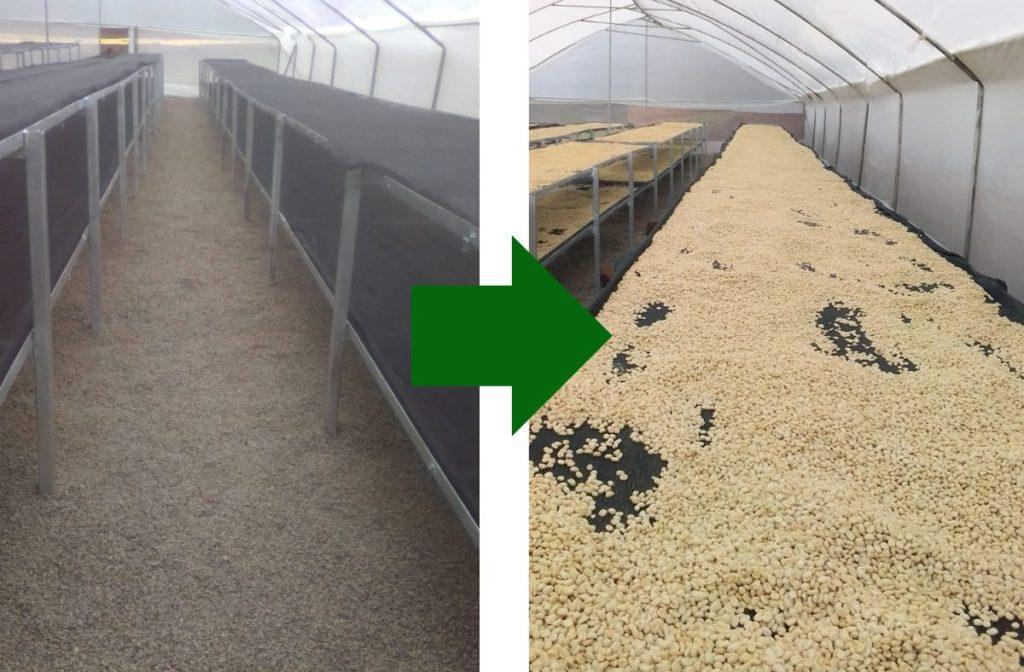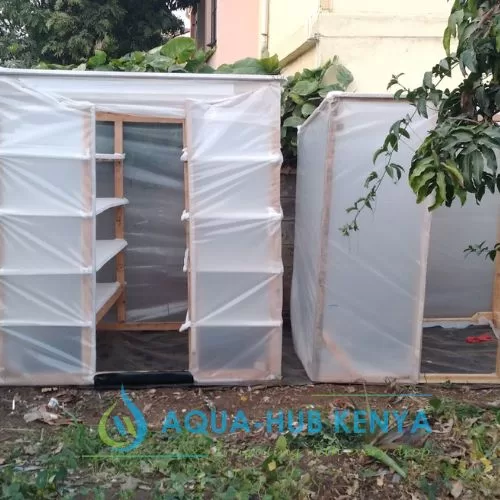Solar Dryers for Preserving Food and Crop Harvests

Aqua Hub’s Solar dryers for preserving food are the ideal essentials that agricultural farmers to ensure the produce remains in good quality. We conduct the installation of various solar dryer sizes as per the choice of the farmer, the concern is your harvest size.
Solar Dryers for Preserving Food: The Innovation in Drying Technology
Solar Dryers refer to structures that use energy from the sun to remove moisture from agricultural produce. These structures implement the physical heat transfer through convection to allow moisture elimination.
Why Solar Dryers are Suitable for Preserving Food
The nature of most solar dryers for food is the ability to allow air inside, allow and retain heat inside, and enhance moisture exit. A drying chamber should be available to hold the content or products to dry. It enhances the high quality of the dried agricultural produce and
What Crop Harvest Can You Dry?
- Tomatoes, capsicum, pepper, onions, ground nuts and bananas.
- Pumpkin seeds,
- Casava
- Cabbage, Kale, Spinach, and broccoli
- Okra, cucumbers
- Mashed Potatoes
- Peas, coffee berries
- Pyrethrum, tea leaves
Types of Solar Dryers for Preserving Food
Direct Solar Dryers
Solar dryer designs that expose the produce to direct sunlight for moisture removal. Agricultural solar dryers can be made of fabricated metal or wooden frames and covered by a transparent material. Works by allowing solar energy through transparent greenhouse polythene covers. They can consist of fans installed outside on the ventilation parts to direct air inside.
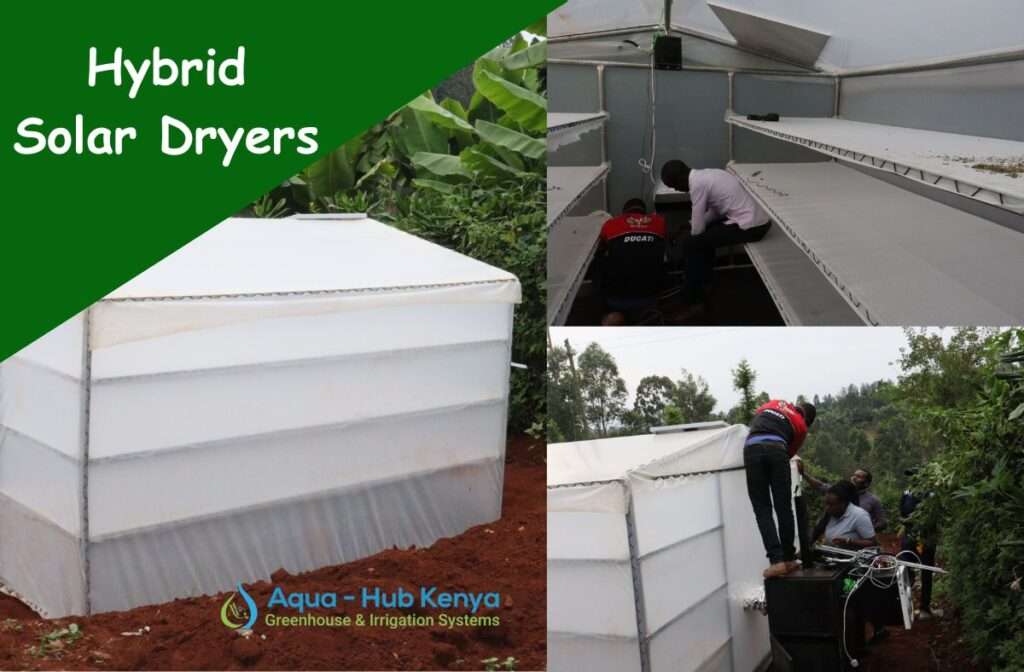
Indirect Solar Dryers
Indirect dryers consist of cabinet chambers that hold crops or substances to be dried. The structure comprises of solar connectors and converters that relay heat to the chamber. It allows air in through an opening which gets heated and circulated to remove moisture from products in the chamber.
Hybrid Solar Dryers
Advanced types of solar dryers that combine direct and indirect drying designs to remove moisture from the crops. Consists of improved features to normal solar dryer structures which increases efficiency.
how hybrid dryers work
Hybrid solar dryers make use of maximum energy sources including solar energy to increase drying efficiency. Charcoal, electricity, biogas, and battery storage systems can be integrated to increase drying power.
How to Design Solar Dryers for Preserving Food
To design a solar dryer, you first should consider the materials needed for the type of solar dryer you want.
Simple/ Direct Solar Dryer
You will require.
- Steel Metal frames or Wooden frames (alternative)
- Polythene cover
- Nails
- Nets
- Shelves
- Tapping screws
- Cement and Sand
- Fan
Hybrid Solar Dryer
- Steel or metal frames
- Polythene cover
- Portable furnace with charcoal burner
- Solar panels
- Fan
- Battery cells and wires
- Solar inverter
- Radiator
- Tapping screws
- Mountable Shelves
- Insect nets or mesh wires
- Sand and Cement
- 3 mm dam Liner (Floor Insulating material)
Steps to Design a Solar Dryer for Food Preservation
- The first step is to identify and choose the design you want. Do you know what you kind of solar dryer you want? Learn from our articles and consider consultation, calling or visiting us for proper information.
- Once you are sure of the design to install, it is time to pay so that we can proceed.
- Prepare the place to install your dryer. Clear debris, trees, and rocks on a flat area.
- Our team delivers the materials for the construction of your solar dryer.
- Installation commences upon agreement and delivery of materials. It takes 2-4 days depending on the size of the structure.
6 tips for Maximizing Solar Dryer efficiency
- Increasing the drying chamber to accommodate more products.
- Using nets or mesh materials to hold the produce in the drying chamber. Enhances higher air circulation.
- Installing additional heat sources such as solar panels, furnaces and radiators.
- Using quality materials to install your dryer. E.g. Virgin polythene cover
- Applying fans to direct air inside.
- Conducting proper installation will ensure a long term functional solar dryer. Our team is known for quality solar dryer installation. Contact us 0790719020
5 Benefits of Using Solar Dryers
- Solar dryers enhance food preservation for future use when the need arises. Food security is safeguarded thus reduction of pandemics.
- Value addition to products is made possible as crops remain in high quality due to moisture removal.
- Drying food makes it safe from exposure to bacteria. Moist-free components do not host bacteria thus safe for consumption.
- Using solar dryers reduces the cost of food production. Harvests do not go to waste thus higher profits
- Dry and quality produce attracts higher selling prices since it does not need to incur drying costs.
Solar Dryer Cost Prices and Ideal Suppliers in Kenya
We are the most ideal top-notch solar dryer supplier in Kenya with a wide range of options you can consider.
Call 0790719020
Frequently Asked Questions
How can Solar Dryers help reduce post-harvest losses and wastage?
Through removal of moisture which normally causes decay, rot and bacteria action on crops. Dry food products are free from damage and therefore will remain good for future use.
What are the Key Components of a Solar Dryer?
- Drying Chamber
- Ventilation Nets
- Steel fabrication and wooden frames
- Air entry
- Fans
- Additional things ( Solar panels, batteries, radiators, invertor and wires)
What type of food products can be dried using Solar Dryers?
- Tomatoes, capsicum, pepper, onions, ground nuts and bananas.
- Pumpkin seeds,
- Casava
- Cabbage, Kale, Spinach, and broccoli
- Okra, cucumbers
- Mashed Potatoes
- Peas, coffee berries
- Pyrethrum, tea leaves
Are there any Safe Considerations when Using Solar Dryers?
- Consider monitoring the products in the drying chamber to avoid over drying them.
- It is important to always consider hygienic practices when handling food products in solar dryers.
- The surface or ground areas has to be insulated to ensure heat retention.
- Always install the battery cells and any terminals in a protected and closable fabric so as to prevent contact with moist air.
- Cover any naked wires during installation.

